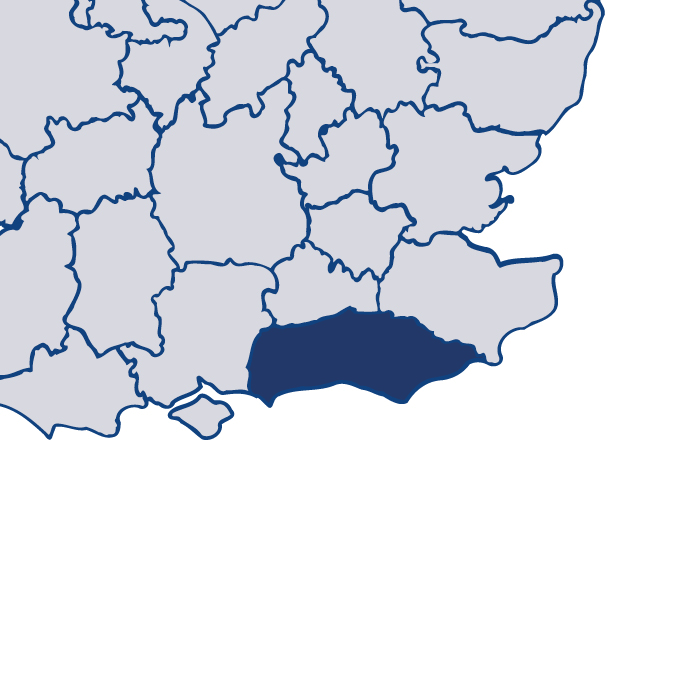Sussex 2018/19
Read more about SussexThis is HMICFRS’s fifth PEEL (police effectiveness, efficiency and legitimacy) assessment of Sussex Police. PEEL is designed to give you information about how your local police force is performing in several important areas, in a way that is comparable both across England and Wales, and year on year.
Sussex Police was inspected in tranche three and we found:
the extent to which the force is effective at reducing crime and keeping people safe is good.
the extent to which the force operates efficiently and sustainably requires improvement.
the extent to which the force treats the public and its workforce legitimately is good.
Download the full report
PEEL: Police effectiveness, efficiency and legitimacy 2018/19 – Sussex Police

Zoë Billingham, Her Majesty’s Inspector of Constabulary
HMI's observations
I am satisfied with most aspects of the performance of Sussex Police. But the force needs to make improvements in how it deals with vulnerable people. It also needs to improve its efficiency if it is to provide a consistently cost effective service to the public.
The force has a good track record of taking positive action following our inspections. I commend the force for the way it has improved how it prevents crime and anti-social behaviour. There has been an investment in neighbourhood policing. And there is a clear plan as to how these resources will be used to support local communities and prevent crime from happening. The force also investigates crime well.
Despite these positives, I am disappointed that the force has not responded to our previous concerns and recommendations as to how it safeguards vulnerable people. It does not consistently assess the risks or respond to them in a timely manner, which means that people at risk may not always be adequately protected.
The force is struggling to meet demand for its services. It should gain a better understanding of how it uses and prioritises resources to meet current demand. This knowledge, along with a more detailed assessment of its workforce capabilities, should help it to develop strong and sustainable plans for its future.
The force continues to uphold an ethical culture and promote standards of professional behaviour well. It treats its workforce fairly and has improved how it supports staff wellbeing since our last inspection.
Given the force’s previous track record and ability to respond positively to our inspection findings, I am confident that it will take the necessary steps to ensure that these issues are resolved quickly.
Effectiveness
How effectively does the force reduce crime and keep people safe?
Efficiency
How efficiently does the force operate and how sustainable are its services to the public?
Legitimacy
How legitimately does the force treat the public and its workforce?
Other inspections
How well has the force performed in our other inspections?
In addition to the three core PEEL pillars, HMICFRS carries out inspections of a wide range of policing activity throughout the year. Some of these are conducted alongside the PEEL inspections; others are joint inspections.
Findings from these inspections are published separately to the main PEEL reports, but are taken into account when producing the rounded assessment of each force's performance.





